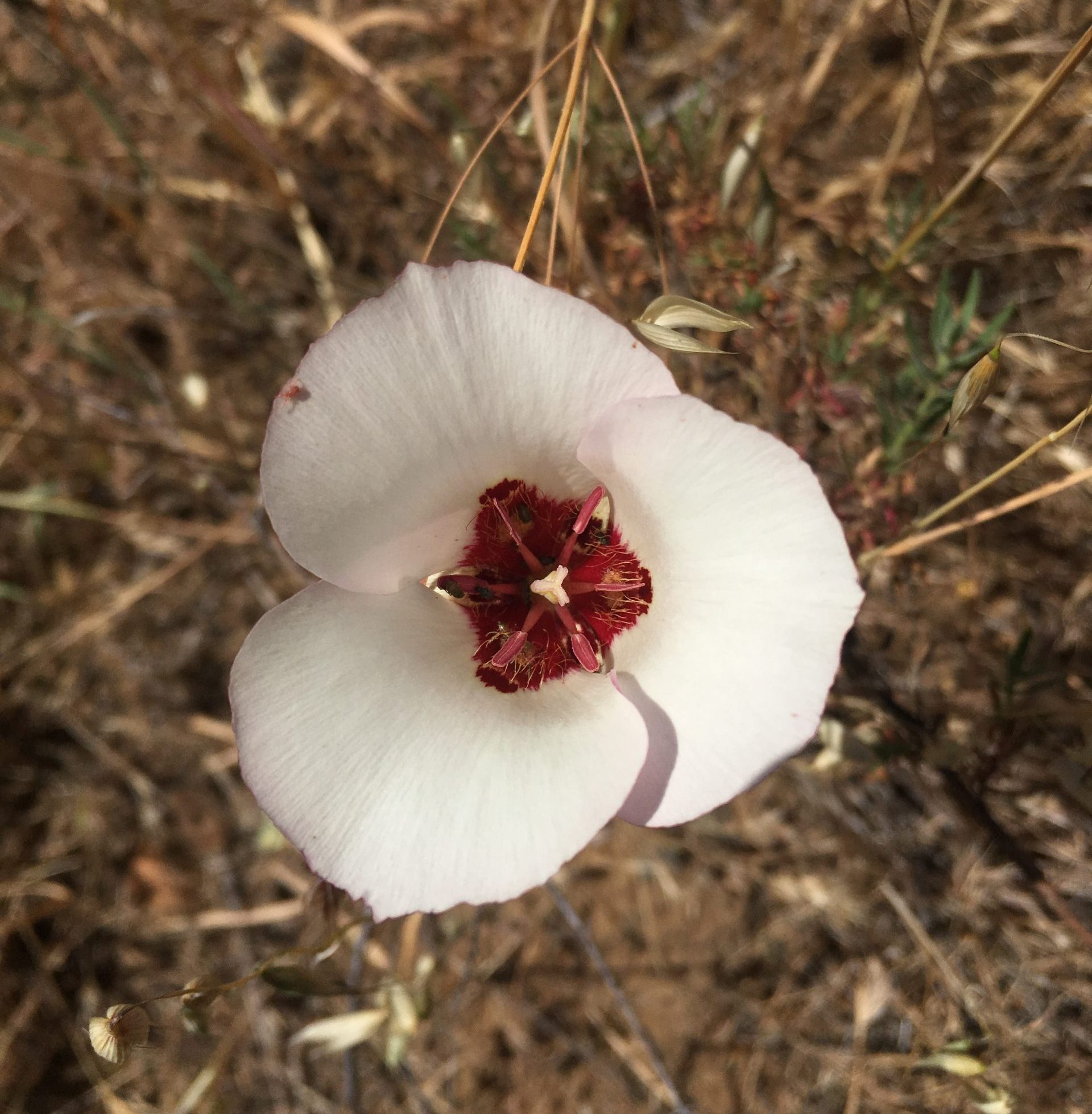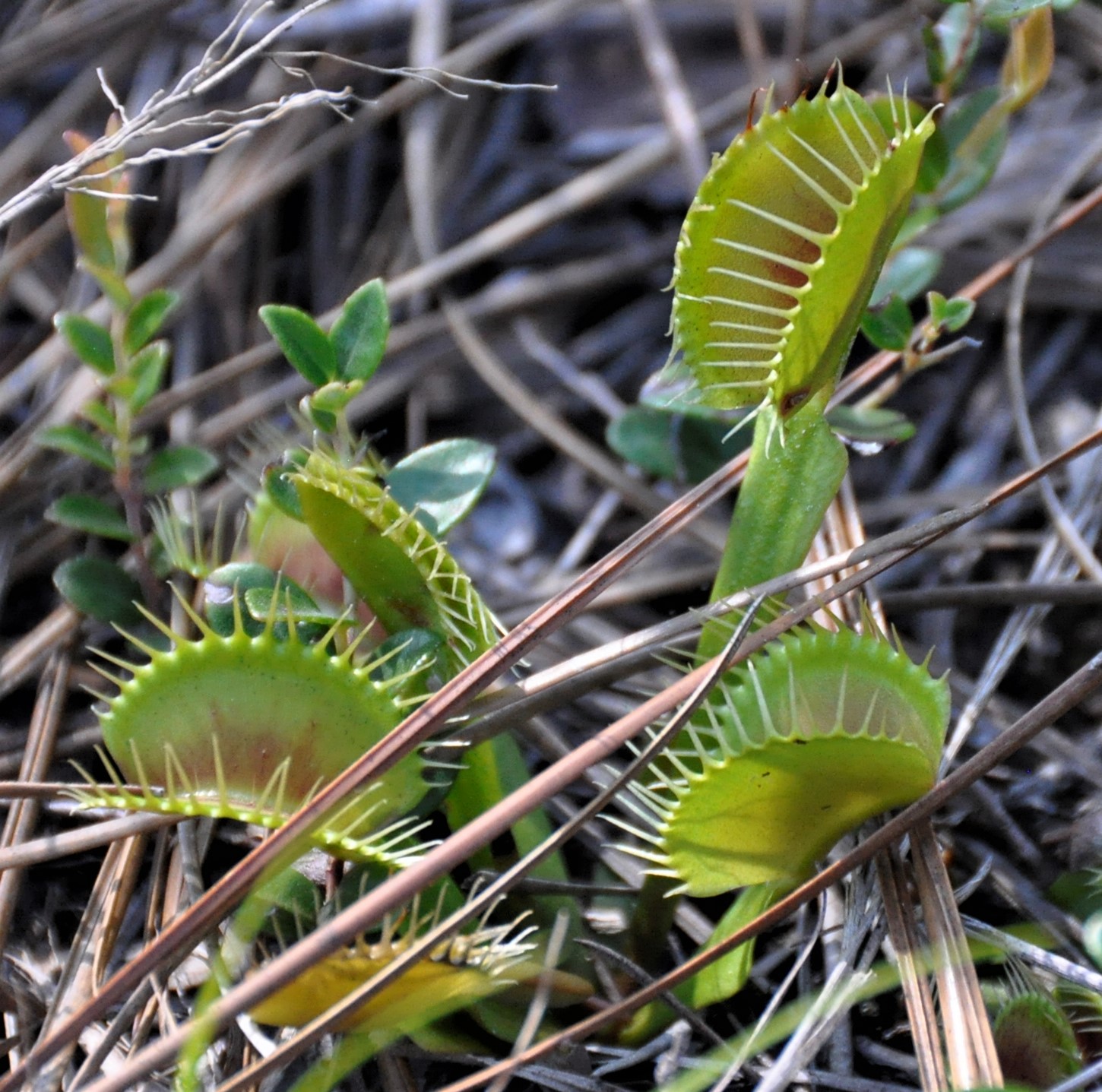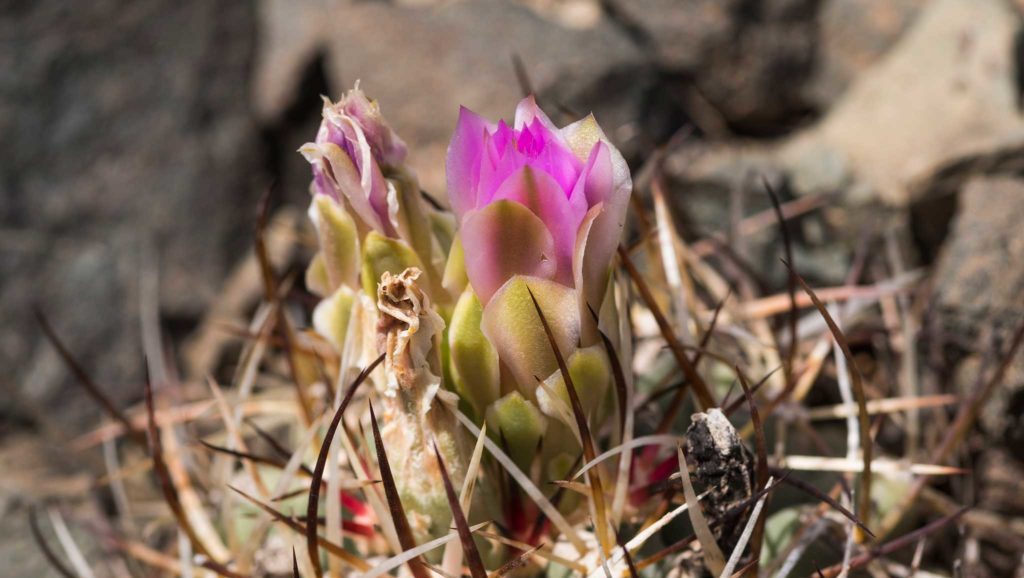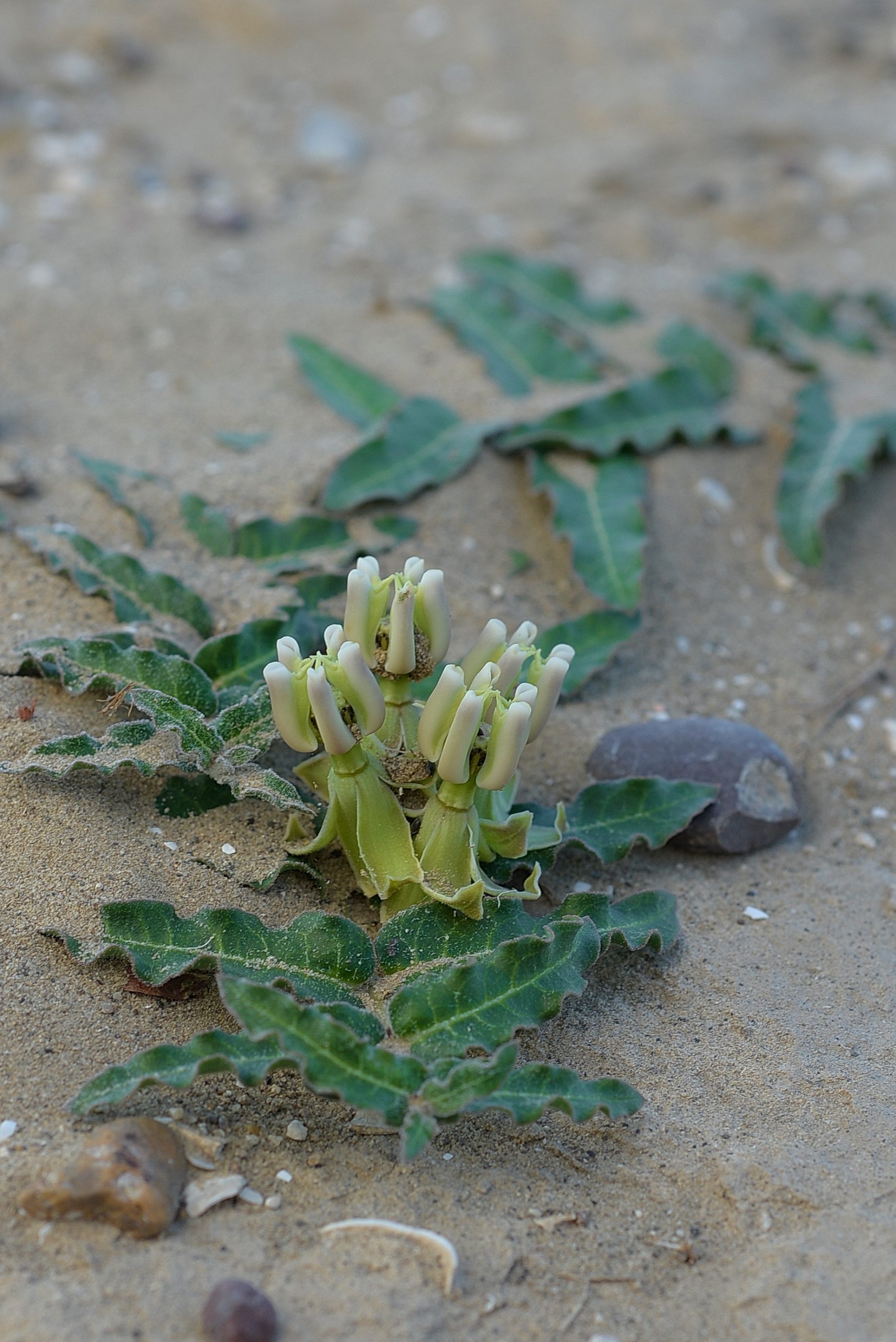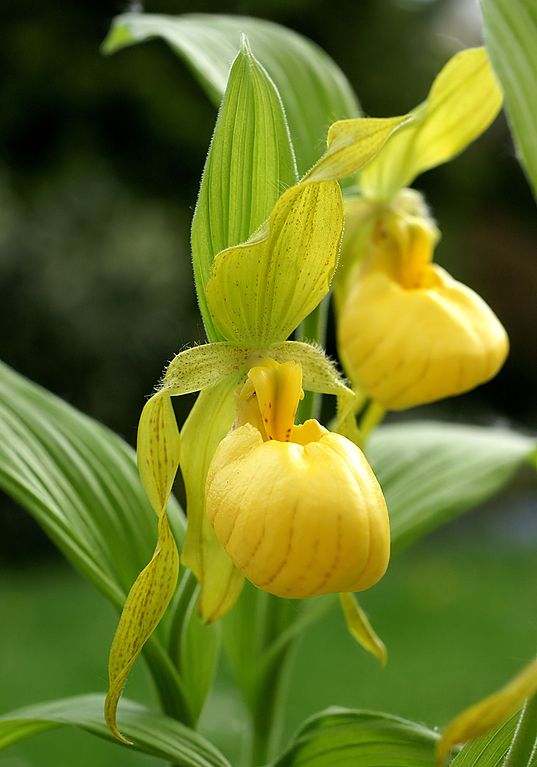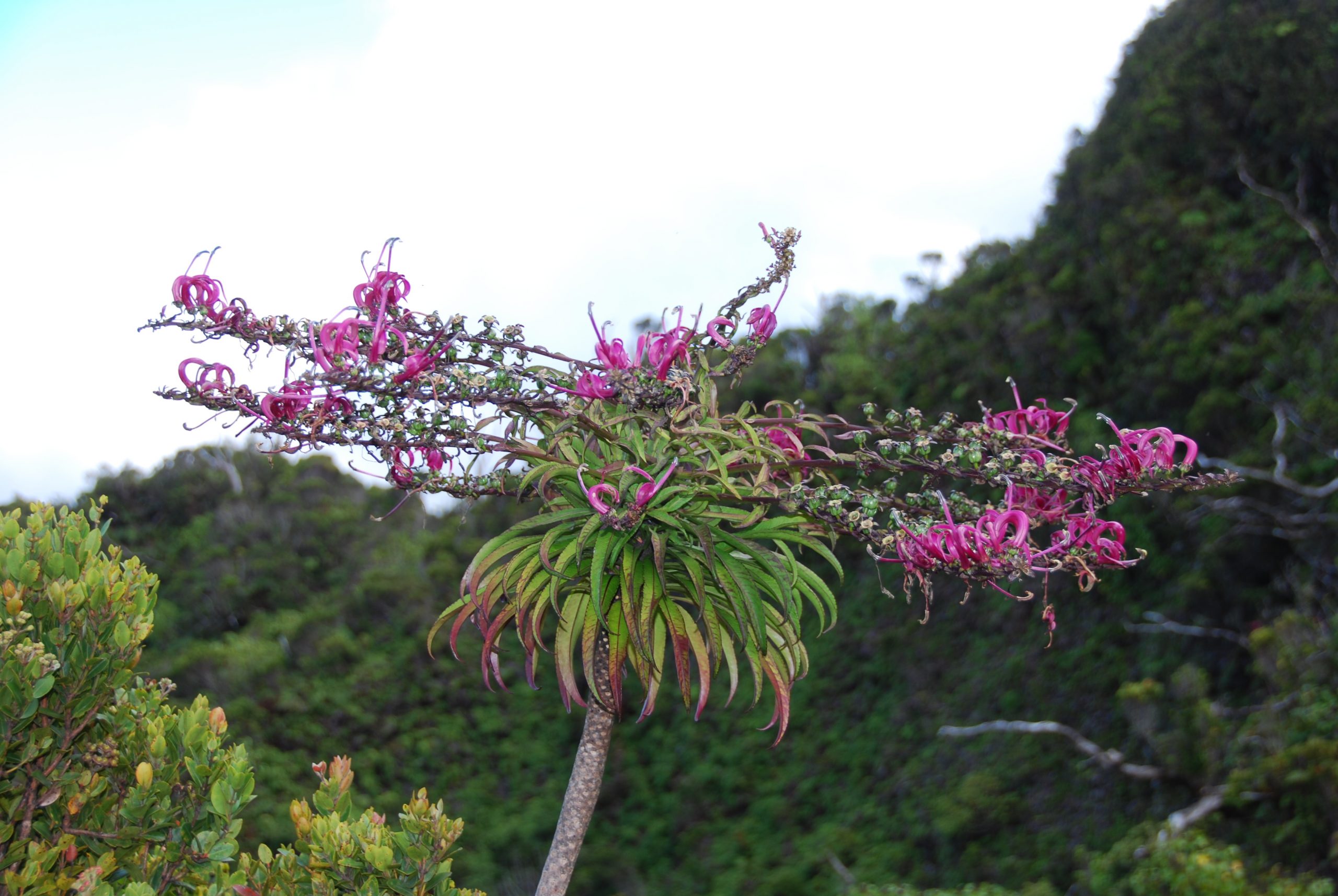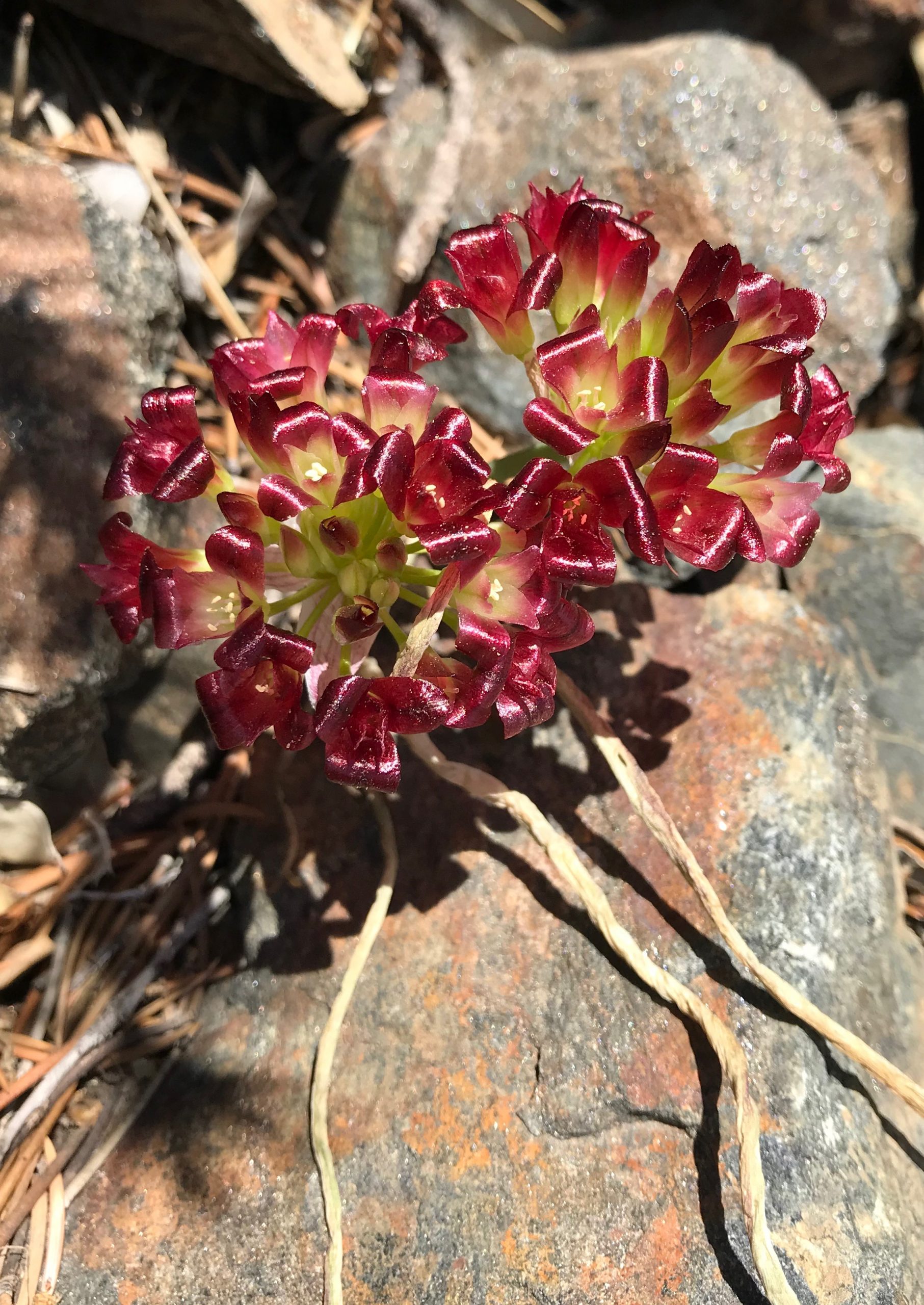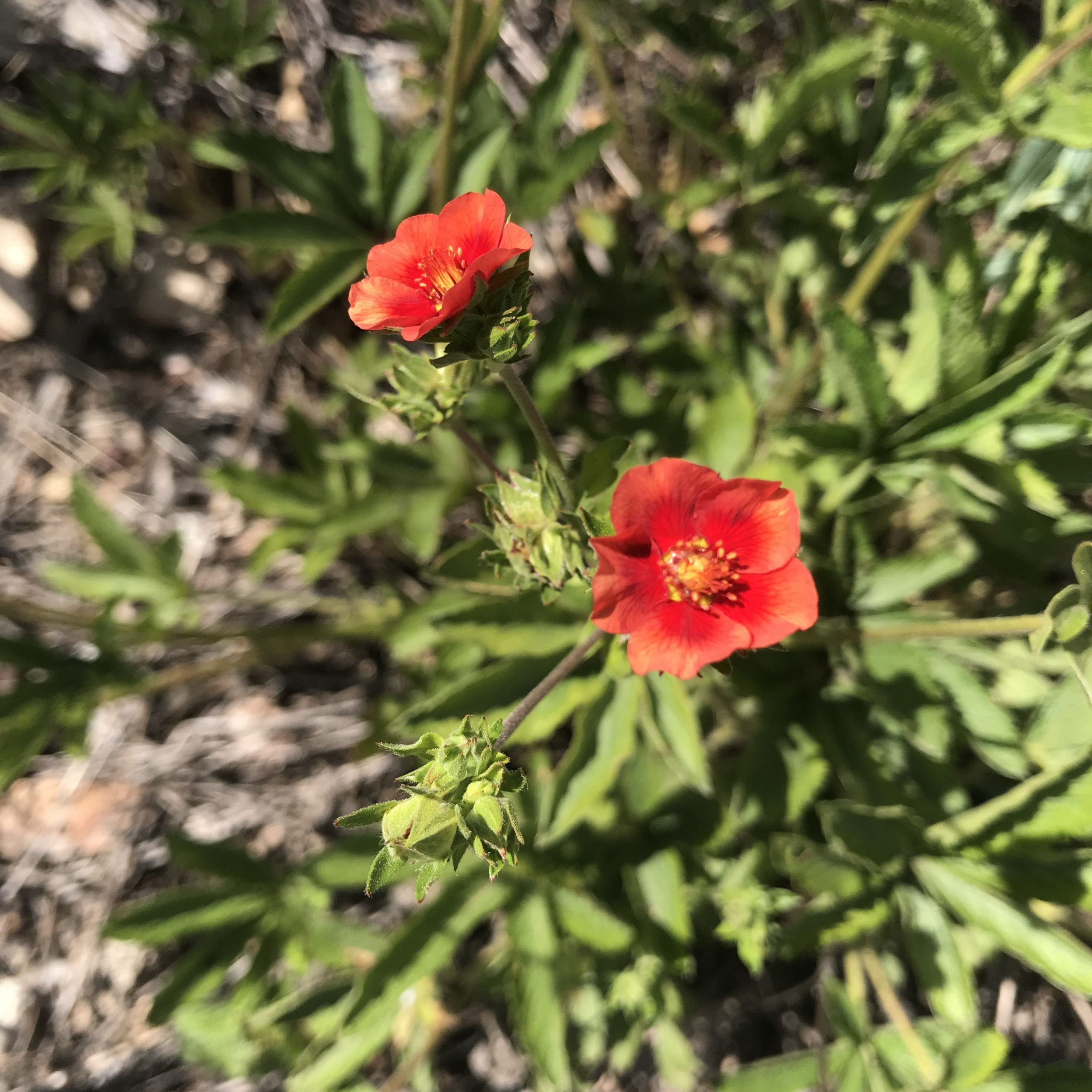Sponsor a Rare Plant
Plant Sponsorship Program
The Center for Plant Conservation (CPC) maintains a collection of more than 2,300 of the most imperiled native plants of the United States and Canada through its network of world-class botanical gardens. These “ex situ” collections include seed banks, nurseries, garden displays, tissue culture labs, and cryopreservation tanks. Known as the CPC National Collection, this living collection of endangered plants is a critical conservation resource, serving as an emergency backup in the event a species becomes extinct or no longer reproduces in the wild.
When a Participating Institution (PI) accepts responsibility for a National Collection species, it makes a long-term commitment to steward the species for future generations. Participating Institutions invest significant resources and effort in securing and holding the imperiled plant material, and they advance research and new technologies on the best ways to grow, manage, and restore these rare species.
To offset some of the expenses of collecting, growing, and researching these plant species, CPC created the Plant Sponsorship Program. Plant sponsorships provide the PI responsible for the named species steady, reliable funding for the long-term work. A sponsorship does not cover all the expenses, but it provides significant help and stability.
HOW IT WORKS
Under the Plant Sponsorship Program, a single donor or a group of donors may sponsor a plant at the $10,000 level by contributing any dollar amount or at Premium levels by contributing $25,000, $50,000, or $100,000. Donors may designate funds to sponsor a specific species in the National Collection or may support the Plant Sponsorship Program generally, in which case CPC will direct these funds to sponsor plants in the National Collection that would benefit from sponsorship.
It is the current policy of CPC Board of Trustees that the designated Participating Institution responsible for stewarding the fully sponsored plants in the National Collection receive annual payments equal to 5% of the sponsorship levels. Specifically, payments are $500 for a $10,000 sponsorship, $1250 for a Premium $25,000 sponsorship, $2500 for a **Premium $50,000 sponsorship, and $5000 for a ***Premium $100,000 sponsorship. When a full sponsorship is accumulated, payments begin the following year (funds must be on deposit by September to be eligible for a payment the following year).
It is also the current policy of CPC Board of Trustees to draw each year from the accumulated investment earnings of the endowment an amount equal to 5% of the moving average of the year-end fair market value of the endowment for the three preceding years. The draw covers annual sponsorship payments. Amounts over and above the sponsorship payments support CPC’s home office activities in support of conservation, and more generally, of all plants in the National Collection.
Plant sponsorships play a critical role in CPC’s mission to Save Plants as long as extraordinary measures are needed to protect rare native flora.
Become A Donor At Any Level
Contributes the total $25,000
Contributes amounts ranging from $10,000 to $24,999
Contributes amounts ranging from $1,000 to $9,999
Contributes amounts $999 and below

California scrub oak (Quercus dumosa) in flower. Photo by Caroline Iacuaniello
SPONSOR A PLANT, SAVE A PLANT
Integral to a healthy planet, plants and their incredible diversity make life as we know it possible. Yet two in five of the world’s plants are at risk of extinction–4,400 of which occur in the United States. We all have a role to play if we are to save these exceptional rare plant species before they are lost forever. Every action can make a difference–YOU can make a difference!
Bloodroot (Sanguinaria canadensis). Photo by Hugh and Carol Nourse, courtesy of the State Botanical Garden of Georgia.
By supporting the Plant Sponsorship Program, you are directly funding the stewardship of plants in the National Collection and aiding boots-on-the-ground conservation work throughout CPC’s nationwide network.
There are many reasons to sponsor a plant:
- You have a special affinity for a particular plant species.
- You have a meaningful connection to a plant species’ native region.
- You wish to honor a loved one; sponsor a plant for a friend, your children or grandchildren, or future generations.
- You wish to aid conservation efforts in a region with the greatest number of rare plant species.
Find and learn about rare plants in your own backyard in need of sponsorship using our Rare Plant Finder.
With the annual stipend, I can send two conservation staff members to perform annual demography monitoring of Purshia subintegra in the Verde Valley, AZ and cover travel, per diem, and labor. Plant sponsorships HAVE impact.
- Kristin Haskins, Executive Director of The Arboretum at Flagstaff
Plant sponsorships provided the only direct funding for seed banking of the plants of the Pacific Northwest. Without plant sponsorships, we would not be able to have the seedbank we have today.
- Ed Guerrant, Retired Director of Rae Selling Berry Seed Bank & Plant Conservation Program
Our Foundation found the idea of fully sponsoring all of the Missouri rare plants appealing. Our Foundation focuses on Missouri flora (as well as fauna). We appreciate that plant sponsorship provides an immediate benefit to the sponsored plants and their host institutions (in our case mostly Missouri Botanical Garden). As funds from sponsorships and their earnings grow over time, they contribute to the more general plant conservation work of the CPC for both the particular sponsored plants as well as for all of the endangered species in the National Collection.
- Andrew S. Love, CPC Board of Trustees & Chairman of Hallmark Investment Corporation
From collecting endangered seeds in the wild to carefully cultivating and restoring a plant’s gene pool, plant conservation is exacting and costly. Although Mercer receives annual maintenance funds from the CPC to support plant restoration for several species, additional funding is needed to care for the remaining collection of threatened or endangered plant species. Donations fund field equipment, travel costs, seed cleaning, packaging, and horticultural supplies.“
- Anita Tiller, Botanist at Mercer Botanic Garden
Regina Peters (ZNE Intern) with a canoe full of 2nd year buttonbush that were grown and planted at Great Meadows NWR (Concord, MA) as part of a habitat enhancement program for Blanding’s turtles (2019). Photo: Bryan Windmiller, courtesy of Zoo New England.
HOW TO GET INVOLVED
Participating Institutions in the CPC network have the exclusive opportunity to receive plant sponsorship funds and to nominate species in their care to the Plant Sponsorship Program. Plant sponsorships provide the steward PI stable annual funding for their long-term conservation work for as long as that species requires exceptional care. While plant sponsorships do not cover all the expenses, they provide significant help–particularly because these funds will never be redirected or subject to budget cuts, ensuring consistent and reliable conservation and stewardship.
Plant sponsorships provided the only direct funding for seed banking of the plants of the Pacific Northwest. Without plant sponsorships, we would not be able to have the seedbank we have today.
- Ed Guerrant, Retired Director of Rae Selling Berry Seed Bank & Plant Conservation Program
With the annual stipend, I can send two conservation staff members to perform annual demography monitoring of Purshia subintegra in the Verde Valley, AZ and cover travel, per diem, and labor. Plant sponsorships HAVE impact.
- Kristin Haskins, Executive Director of The Arboretum at Flagstaff
Our Foundation found the idea of fully sponsoring all of the Missouri rare plants appealing. Our Foundation focuses on Missouri flora (as well as fauna). We appreciate that plant sponsorship provides an immediate benefit to the sponsored plants and their host institutions (in our case mostly Missouri Botanical Garden). As funds from sponsorships and their earnings grow over time, they contribute to the more general plant conservation work of the CPC for both the particular sponsored plants as well as for all of the endangered species in the National Collection.
- Andrew S. Love, CPC Board of Trustees & Chairman of Hallmark Investment Corporation
From collecting endangered seeds in the wild to carefully cultivating and restoring a plant’s gene pool, plant conservation is exacting and costly. Although Mercer receives annual maintenance funds from the CPC to support plant restoration for several species, additional funding is needed to care for the remaining collection of threatened or endangered plant species. Donations fund field equipment, travel costs, seed cleaning, packaging, and horticultural supplies.“
- Anita Tiller, Botanist at Mercer Botanic Garden
To nominate a plant species for sponsorship, please contact the CPC National Office for more information.
